
“But what is that poetry, Arnoldo? What is that marvel? The song is a gem! It’s the loveliest thing I’ve heard from Costa Rica and I’d love to record it.”
This is how Costa Rican musician Arnoldo Castillo remembers the phone call he had with Armando Manzanero almost two decades ago now.
Manzanero, crowned as the “King of Romanticism” by his fans, recorded “He Guardado” (I’ve Saved), one of the most important Costa Rican songs, with his own vocals. The pasillo-style song originated right here in Guanacaste almost a century ago.
Many Costa Rican performers, such as Max Goldenberg, Los Hicsos, Mauricio Penagos, Jose Cañas and Debi Nova, have made their own versions of this song, ranging from rock ballads to cumbia.
Who created one of the most beloved songs of our popular music?
To find out, we have to go back almost a century to the dusty white streets of the city of Liberia.
Manuel Rodriguez Caracas arrived there from Rivas with his parents in 1908, when he was just four years old. Rodriguez would later study law in San Jose and would compose the only song by him that we know about.
Also, Aristides Baltodano was born in Liberia. He was an educator and served as a legislator for many terms. Dr. Enrique Baltodano Briceño was his brother. Aristides was responsible for writing the song’s verses. Although there are a lot of historical records about Baltodano in newspapers of the time regarding his work as a politician, very little, if nothing, was written about his literary side.
According to the book “The Most Beautiful Songs of Costa Rica and Their Composers” by Jaime Rico Salazar (Latin American Guitar Publishing Academy, 1990), in which one page is dedicated to the song’s origin, Manuel Rodriguez said that he heard Aristides’ song in 1934 “and as the verses seemed very beautiful to him, he asked permission to put them to other music.”
With Aristides’ lyrics now set to music by Manuel, the song began to become known in Liberia and a few months later spread to the upper class in San Jose.
The Hunt for Songs
To understand how the song by Manuel and Aristides went beyond Guanacaste, we have to go back in time to the San Jose of the late 20s. At that time, national composers began to debate about what our “national” music should be.
In the final chapters of her book “From Fanfare to Concert Halls” (University of Costa Rica Press, 2004), Maria Vargas Cullell, cites the exchanges between musicians who met to define this rhythm.
One of those trends, the most academic, proposed the idea of creating a contest to determine what our music would be, since it affirmed that “the one that is closest to the great masters, whatever their nationality, will be better, and not the one that degenerates into the popular “tacky combination” from Guanacaste, for example, and we must aspire to our musical production being something that can be performed in the Vatican Chamber, at the Paris opera, everywhere.”
Others, on the other hand, wanted to bet on establishing regional music “like Colombia has its bambucos and its pasillos, like Mexico its danzas, like Cuba its danzones.”
Musician and composer Julio Fonseca suggested that Guanacaste’s music could be the answer to what they were looking for. That is why Secretary of Public Education Luis Dobles Segreda sent a commission of musicians throughout the country with a mission: to find a “national rhythm.” A year later, they began to make three tours and as a result, the first national music brochures came about, much of which was compiled in the province.
“He Guardado” was added in the third of these brochures, called “Folk Music of Costa Rica,” along with other important songs such as “Pasión”, “El Torito” and “Punto Guanacasteco.”
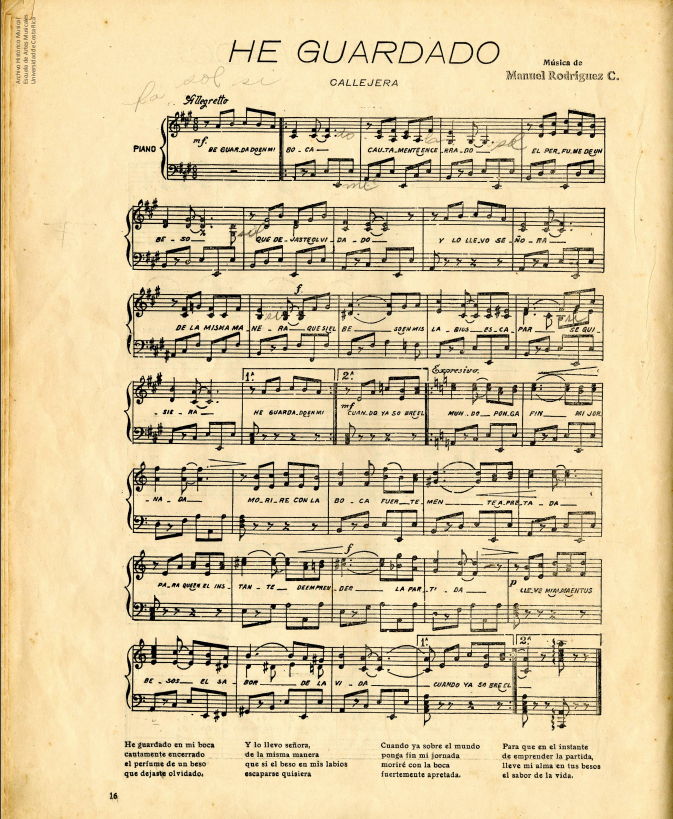
Once the music was compiled, they had to familiarize people with it. In the 1930s, the state government not only published these national music brochures but also supported many concerts to publicize the results of these investigations.
The same book by Salazar mentions that “He guardado” was performed on September 15, 1934 by a chorus of female vocalists during a soiree at the National Theater.
It would be a couple of decades before the song could finally be recorded on a 78-revolutions-per-minute (rpm) record, the forerunner of vinyl records. One side played “He Guardado” and the other side played the famous song “Luna Liberiana” (Liberian Moon) by Jesus Bonilla. Both songs were performed by Manuel Chamorro, perhaps the most important Liberian singer still alive.
Manuel Chamorro’s voice is still golden, and he has plenty of energy to talk about his life and career – something unusual for a guy from Liberia who made it big in the 1950s and ’60s.
According to Costa Rican popular music expert Mario Zaldivar, in the late 50s and early 60s, Manuel Chamorro was something of a media phenomenon, with a wonderful voice and a look that gained him a whole lot of admirers.
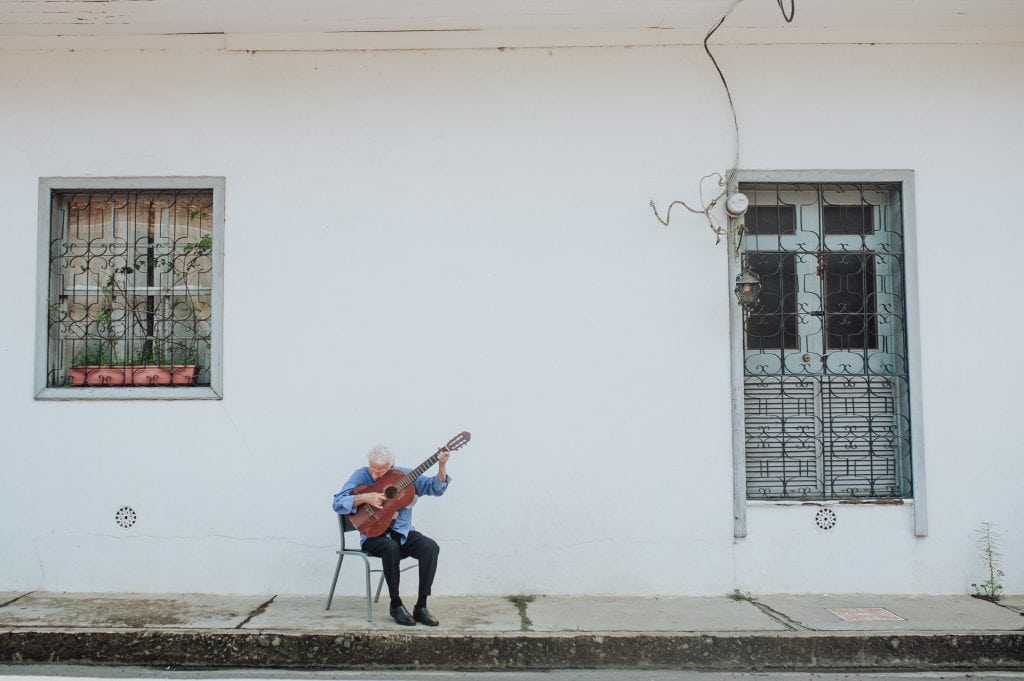
Chamorro wasn’t just a great musician with a great voice. He also wrote songs. In fact, he cut a record with only songs that he had written. Credit: Eka MoraPhoto: Eka Mora
From then on, the song hasn’t stopped being sung by national singers.
Aristides, Arnoldo and Armando
Musician Arnoldo Castillo took time out of his vacations in Guanacaste to answer some questions for us about the song and about his “musical dad,” as he calls Manzanero.
I have a very special connection with this province, with its music. I’ve proposed remaking the traditional music of Costa Rica. That’s what I tried to do in 2000 when I looked to Fidel Gamboa to make the arrangements for me,” the singer recalled.
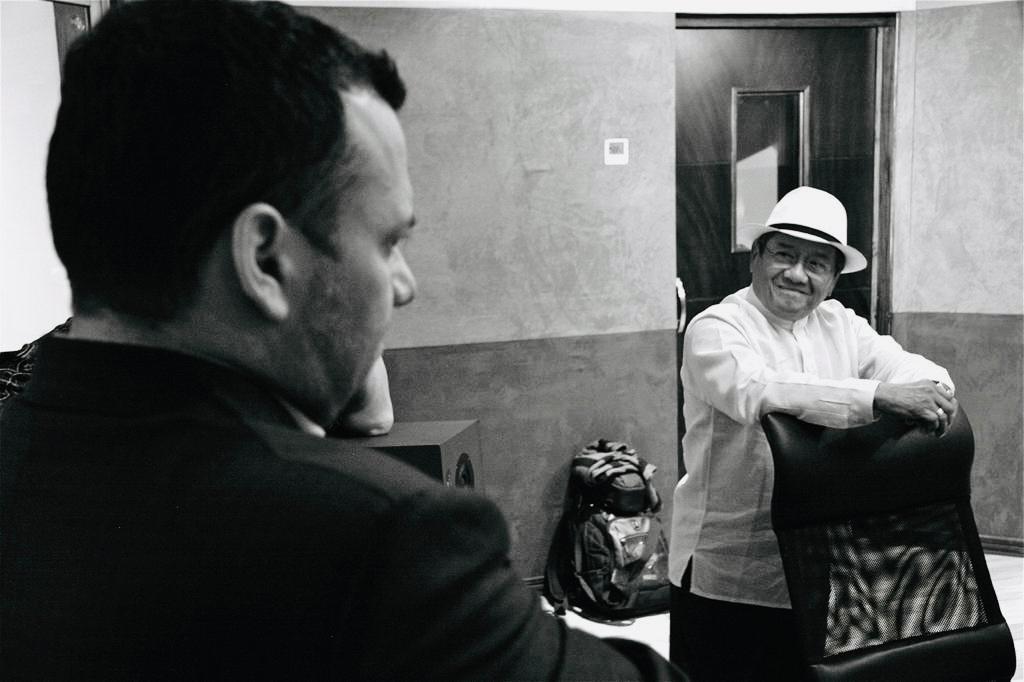
Armando Manzanero in the studio with Costa Rican musician Arnoldo Castillo, with whom he kept up a close relationship. The Mexican performer became familiar with “He Guardado” (I’ve Saved) thanks to Castillo’s version, included on his 2001 “Dialoguemos” (Let’s Dialogue) album. Credit: Arnoldo CastilloPhoto: Cortesía: Arnoldo Castillo
Castillo was referring to his album “Dialoguemos,” which he worked on with Fidel, the late Nicoyan musician and leader of the group Malpais. “He Guardado” was included as the second to last song on that album. It wasn’t initially among the pieces included on the album, but Castillo decided to add it on Fidel’s recommendation.
On one of his tours of Costa Rica, Manzanero obtained this album by Castillo and took it back to Mexico. Shortly after, Arnoldo remembers receiving that phone call.
Castillo was very impressed because he never imagined that he’d like it so much that he’d record it himself. And not only that, he asked him to coordinate with Editus to record here part of what would be his next album, “Master Class,” which included a version very similar to the one that Fidel had composed.
He told me, ‘Arnoldo, I wanted to ask your permission to see if I can base myself on your arrangement, if that’s not a problem.’ Can you believe that he asked my permission for that? So I spoke with Fidel. I asked him for the sessions. I sent him scores and he was happy that I could send him that material.”
Cuando ya por el mundo
Ponga fin a mi jornada
Moriré con la boca
Fuertemente apretada
Para que en el instante
De emprender la partida
Lleve mi alma en tus besos
El sabor de la vida
Translation:
When I put an end now
to my journey through the world
I’ll die with my mouth
Firmly pressed
So that in the instant
of starting the departure
my soul will carry in your kisses
the flavor of life
These verses that Manzanero fell in love with were printed for the first time in 1935, the same year that he was born.
A little less than a month ago, the artist put an “end to his journey” after battling complications from COVID-19. The Yucatecan musician’s reign certainly won’t end with his death. Many artists will take charge of giving a fresh voice to his songs, just as the only song we know of from the lawyer and the educator continues to resonate to this day.


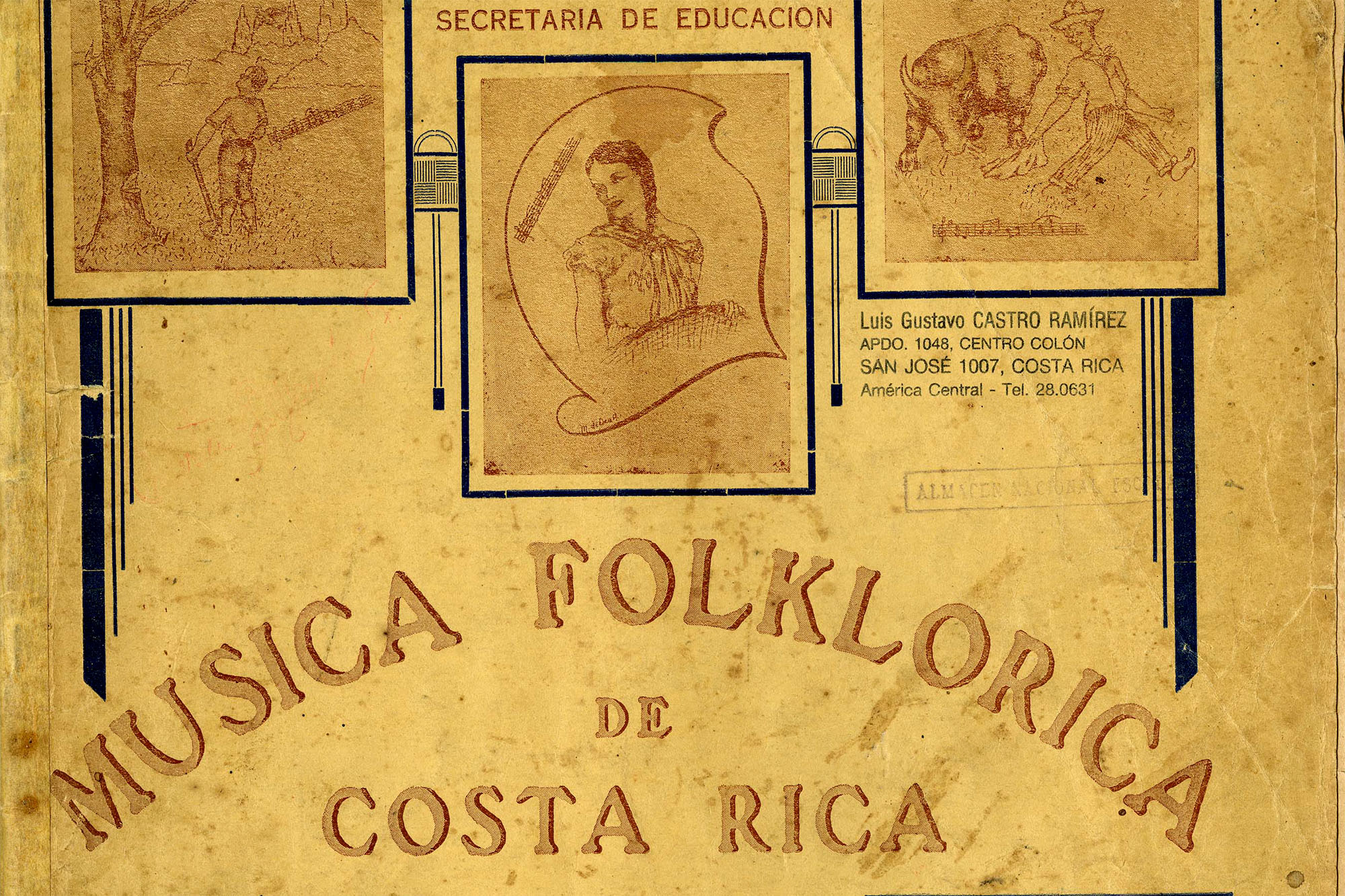
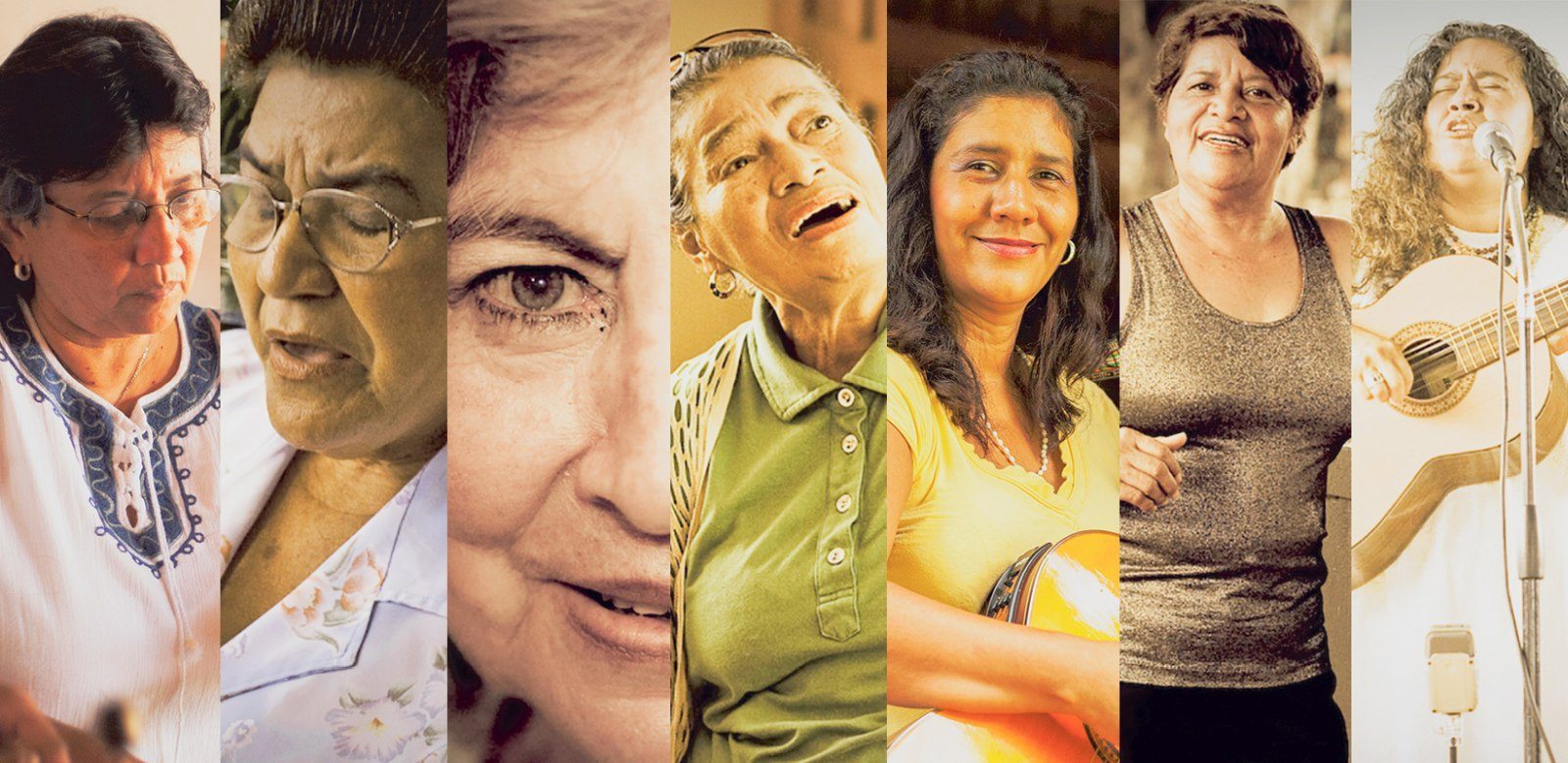
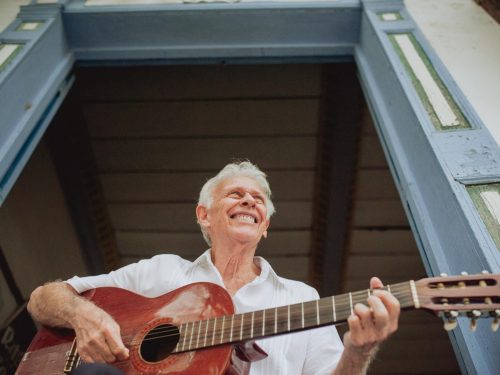
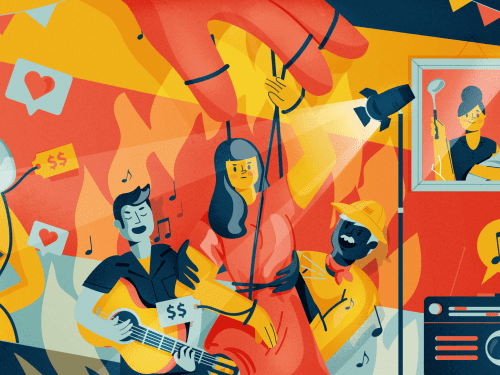

Comments